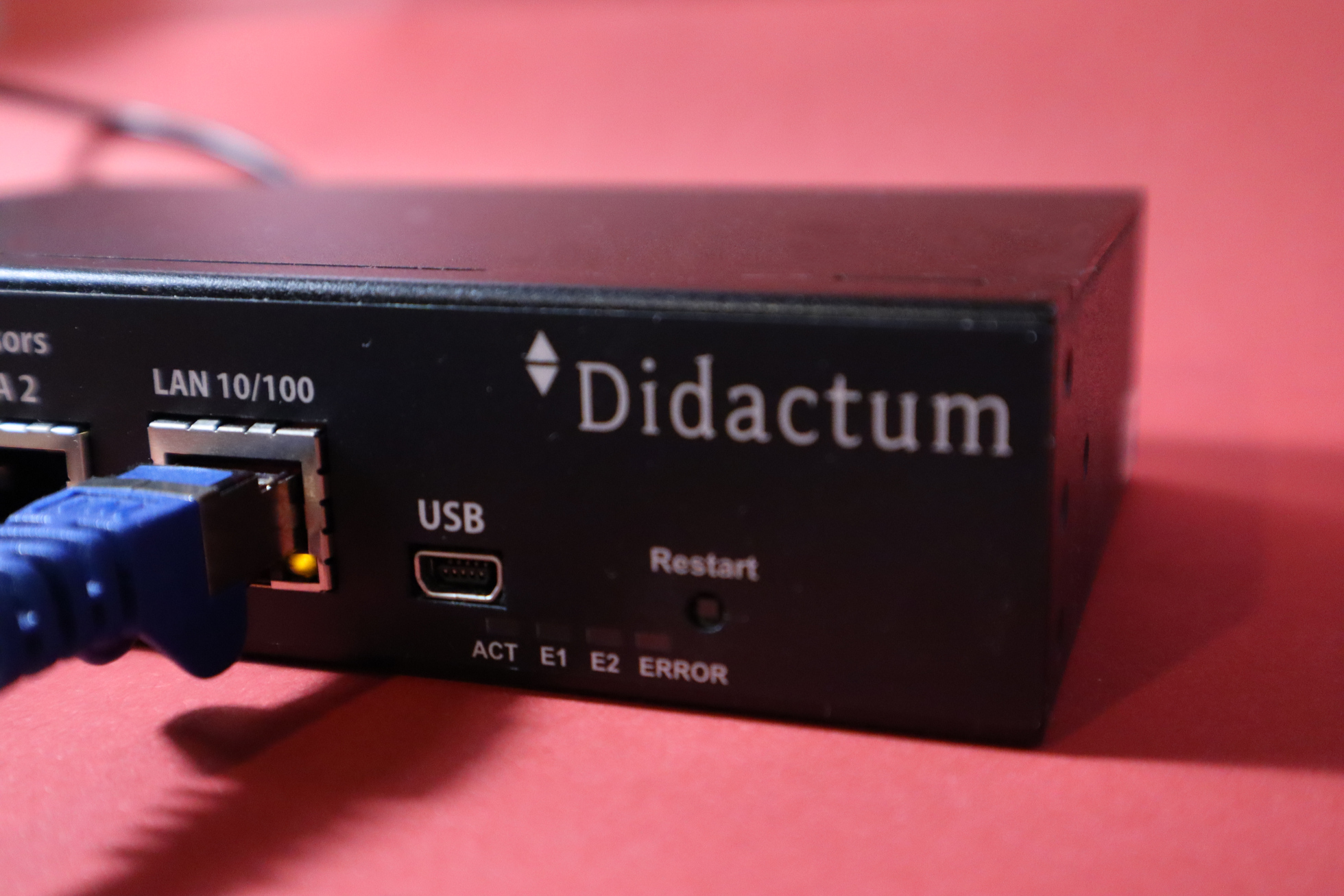Nagios compatible IP thermometers

As the name IP thermometer suggests, such a device is used to measure the enormously important environmental parameter temperature. Whereas in the past the temperature value of a thermometer had to be read manually, a IP thermometer offers an integrated network connection including a web interface. With such a measuring device, the user can remotely measure the current temperature via TCP/IP network, even in remote locations. Remote access is usually made via a terminal device equipped with a web browser. Thiscan be a smartphone, a tablet, a PDA, a PC or even a laptop. To avoid display problems on mobile devices, the IP thermometer should be equipped with a responsive web interface if possible. Furthermore, the manufacturer of a IP thermometer should ideally offer free firmware updates.
Wireless vs. wired IP thermometer
The market has also been offering radio-based solutions for quite some time. With a radio or WiFi thermometer, there is no need to lay cables. However, it should not be ignored that possible sources of electromagnetic interference can affect the radio connection. Structural conditions (walls) can also reduce the range of the WiFi or wireless sensor solution. It should also be remembered that many wireless thermometers require batteries to be charged or replaced. Last but not least, the security of the wireless protocols must also be considered. In the past, some wireless protocols have caused a furor. Furthermore, before buying, you should find out whether the wireless web thermometer measures the temperature in real time or, for example, only every 15 minutes.
Temperature sensor
Before buying a IP thermometer, the user should inform himself about the supported temperature range. For this purpose, it is often sufficient to take a look at the manufacturer’s data sheet to make sure that the temperature sensor meets the specific requirements. For outdoor applications, it should be checked whether the sensor is also suitable for temperature measurement in damp or wet outdoor areas. Also, the total number of measurement points considered in the context of temperature recording, should not be underestimated. Many a web thermometer offers only a single temperature sensor, so that a later extension of the temperature monitoring is not possible. Furthermore, it is advantageous if the manufacturer of the IP-thermometer also offers other sensors, such as sensors for measuring relative humidity (RH). Thus, the customer receives a web thermo hygrometer.
Data logger for temperature recording
Many web thermometers offer a built-in measurement data memory for temperature recording, also called data logger. For this purpose, the user should consider the recording capacity of the data logger in advance. Especially for long-term recording of temperature values, it is advantageous if the web thermometer offers sufficiently large storage capacity. Some web thermometers can be equipped with a USB stick. This also serves as a backup medium for the recorded measurement data. For reports and documentation purposes of temperature monitoring, the web thermometer should also support export functions. Temperature measurement data exported in CSV or XML format can be opened with common software (e.g. MS-Excel) and meaningful docs for temperature monitoring can be created.
Measurement data visualization in the web interface
It is advantageous in the context of temperature monitoring if the web thermometer also offers visualization functions for measurement data. With the support of built-in diagram functions, possible temperature fluctuations can be quickly identified.
Notification and alarm functions of temperature monitoring
Especially in rooms and facilities that are important to the company, it is advantageous if the web thermometer can also send messages and alarms when the temperature is critical. For example, if the target temperature in the freezer room or warehouse is exceeded, timely alerting of the responsible employees is an advantage. Accordingly, the web thermometer should support notification functions via e-mail and / or SMS. Especially in case of network problems or failure of the VDSL connection, a built-in GSM or LTE modem can provide important services. It is advantageous if the content of the e-mail and SMS alarm can be customized. To avoid a flood of messages and alarms when temperature conditions fluctuate, the measurement and monitoring device used should also support a hysteresis function.
Integration in measurement data and management software
It is advantageous if the web thermometer can be integrated into software solutions. In this way, the temperature recording can be (remotely) transmitted directly to monitoring tools, automation and network management software with the support of the SNMP protocol (Simple Network Management Protocol), which is widely used worldwide. Alarm messages, in case of overtemperature or heat, are also sent via SNMP protocol in the form of so-called traps over LAN / WAN.
Nagios-Plugin
Before purchasing, make sure that the new web thermometer is shipped with included SNMP MIB files. Nagios users should make sure that a free Nagios plugin is provided. If your web thermometer is equipped with an integrated GSM or 4G LTE modem, this should also be accessible by the Nagios monitoring software. This saves the purchase of an extra modem.
